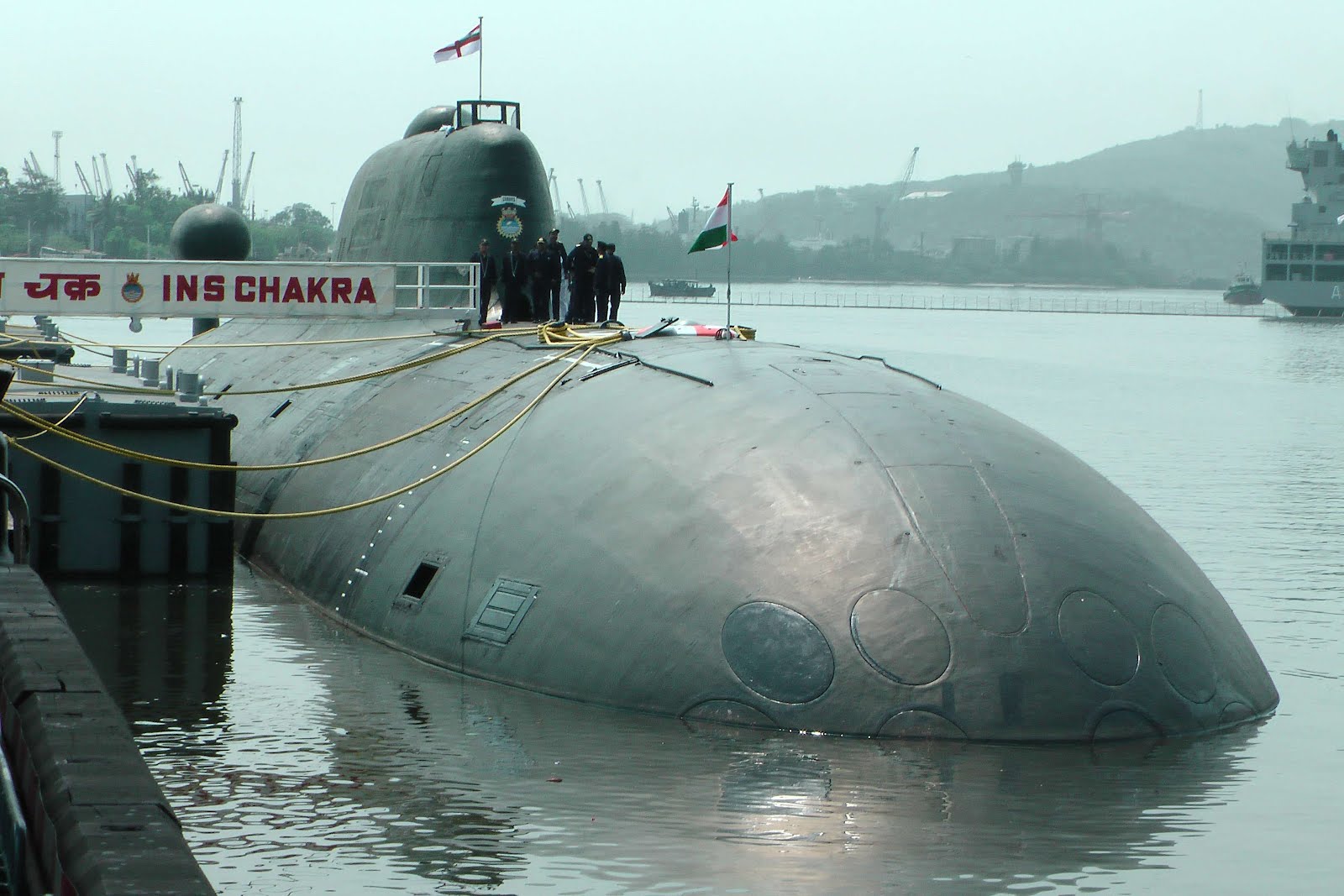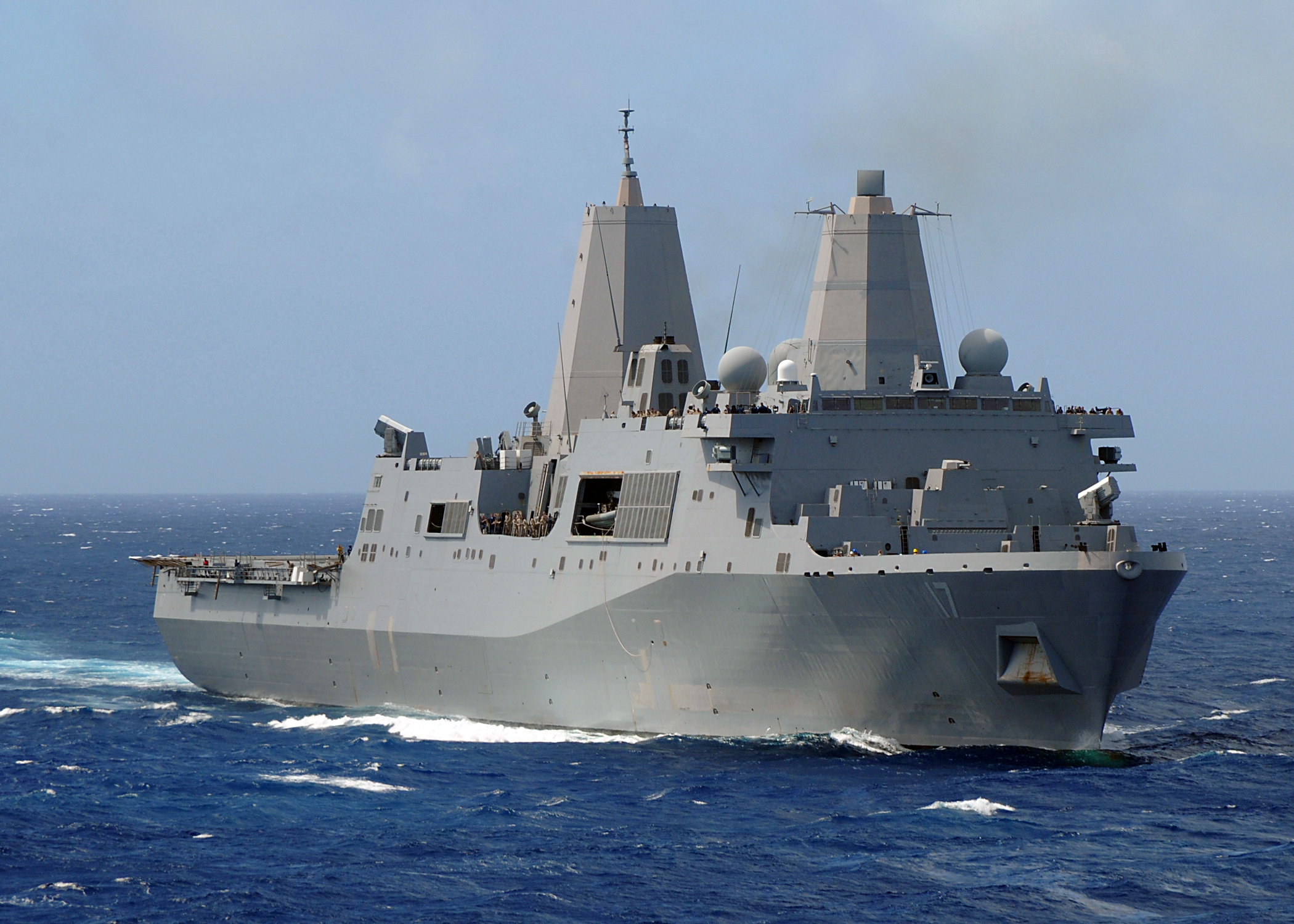 In 1991, India’s government initiated its ‘Look East’ policy, a shift in strategic focus toward cultivating strong relations with Southeast Asian nations and counterbalancing the regional influence of the People’s Republic of China. For many years, this policy remained largely symbolic and had few implications for the affairs of the Indian Navy. While vessels of the Indian Navy and the Indian Coast Guard began carrying out joint patrols with Indonesian maritime forces in 2006 to combat piracy in the Strait of Malacca, this was more so part of an Indian commitment toward counter-piracy efforts in general; for example, Indian maritime forces have made similar contributions to NATO’s Operation Ocean Shield in the Gulf of Aden, intercepting Somali pirates. Looking east or looking west, India is an important and well-established player in the global fight against piracy.
In 1991, India’s government initiated its ‘Look East’ policy, a shift in strategic focus toward cultivating strong relations with Southeast Asian nations and counterbalancing the regional influence of the People’s Republic of China. For many years, this policy remained largely symbolic and had few implications for the affairs of the Indian Navy. While vessels of the Indian Navy and the Indian Coast Guard began carrying out joint patrols with Indonesian maritime forces in 2006 to combat piracy in the Strait of Malacca, this was more so part of an Indian commitment toward counter-piracy efforts in general; for example, Indian maritime forces have made similar contributions to NATO’s Operation Ocean Shield in the Gulf of Aden, intercepting Somali pirates. Looking east or looking west, India is an important and well-established player in the global fight against piracy.
But considerable steps are being taken to move the ‘Look East’ policy from a political slogan to a demonstrable pillar of Indian foreign and defence policy. The country’s maritime forces have been tasked with spearheading this ‘Asia pivot’. Nowhere is that more apparent than the Strait of Malacca, one of the world’s most vital trade routes and a strategically important dividing line between the Indian and Pacific Oceans. More than 50,000 vessels pass through this waterway each year carrying approximately 25% of the world’s goods, including one-third of global crude oil and over half of global liquefied natural gas. India recently made its presence felt here through the establishment of INS Baaz, a naval base in the southern part of the Andaman and Nicobar island chain. Commissioned in July 2012, INS Baaz overlooks the Strait of Malacca across from the Aceh region of Indonesia. Primarily a naval airbase, Baaz is officially intended to monitor shipping through the Strait of Malacca. Given the sheer volume of trade that traverses the strait each year, a naval airbase like Baaz seems a useful resource in detecting pirates before they can strike.
Yet Chinese analysts have not regarded Baaz as a positive development in the region. Many have interpreted the base as a provocative gesture, intended largely as a means by which India can deny China access to the Indian Ocean. The potential for India to blockade this chokepoint and interfere with China’s oil supply is also seen as a powerful deterrent to any Chinese encroachment on Indian interests. Zhang Ming, a prominent analyst for the People’s Liberation Army Navy (PLAN), has postulated that India is no longer content to command the Indian Ocean and is seeking to exert its presence in the Pacific Ocean, particularly at the expense of China. Regardless of whether they perceive Baaz as a defensive or offensive platform, the consensus among China’s defence establishment is that the naval base is not about counter-piracy but about countering China.
Baaz certainly increases India’s capacity to project power into the Pacific. The HAL Tejas, which has experienced a rocky development since the 1980s, is close to approval for full production. This multi-role light fighter plane, developed and produced entirely in India, is intended to replace the Indian Navy’s aging Sea Harrier and Harrier jets. After years of setbacks and several returns to the drawing board, prototypes of the Tejas were approved for limited use on 20 December 2013. The design is expected to enter full production by the end of 2014. Though INS Baaz is currently home to several of India’s Dornier Do 228 reconnaissance planes, the airfield can accommodate aircraft as large as the Indian Air Force’s C-130J Super Hercules transport planes. Should India so desire, it would be a simple move to station a squadron of HAL Tejas fighters at INS Baaz, though this would certainly draw much criticism from China.
Even if India elects not to station combat aircraft near the Strait of Malacca, the country’s only nuclear attack submarine, INS Chakra, has been stationed at the eastern port of Vishakhapatnam. INS Arihant, a nuclear-powered ballistic missile submarine, is close to completion and is expected to join the Chakra at Vishakhapatnam, which demonstrates a definite eastward shift in the Indian Navy’s disposition. This also puts pressure on China, since the deployment of such maritime assets toward the east makes India an unknown factor in Southeast Asian affairs. Whether this is intended to dissuade China from potentially expanding its influence into the Indian Ocean, or if this represents Pacific ambitions on the part of India, is unclear at this stage. But India’s doing more than looking east these days.
*This article is based in part on research conducted for the Canadian Naval Review.




